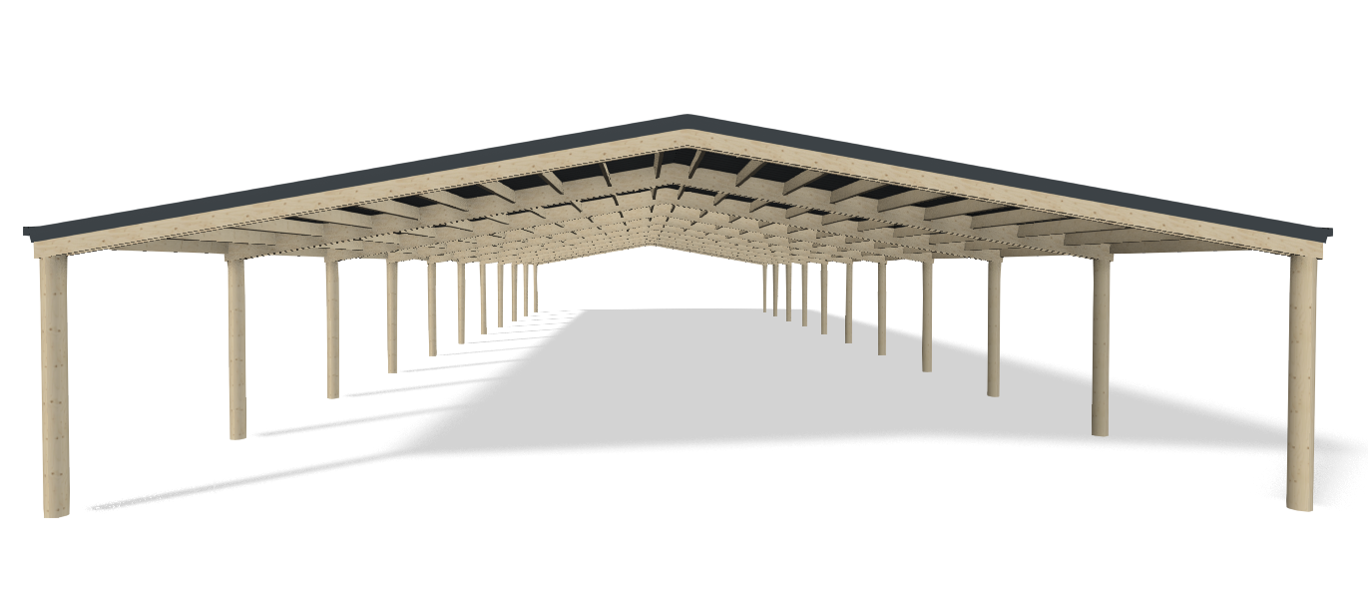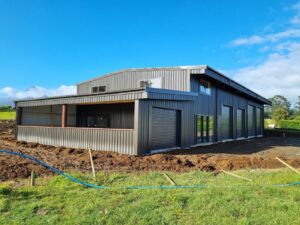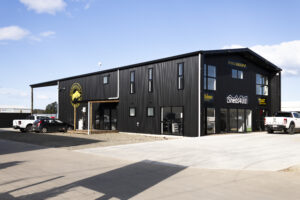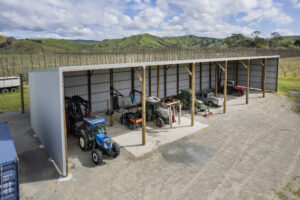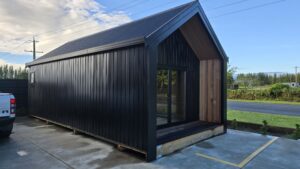Designing your shed is where it’s easy to make long-term pricy mistakes – and it can be hard on the nerves making sure you get things right. These are a few of the most common boo-boos we see. Remember – if in doubt, get in touch!
Not high enough: basic as it may seem, this is a super common slip-up. Many folks don’t allow for enough height for various reasons: economy is one, and not knowing the actual height needed is often another!
It’s easy to get caught out by roller door clearances too, because as the curtain hangs 75mm below the lintel. So, a 4.0m high roller door has a clearance of 3.925m. It’s best to have a good 200mm of extra clearance to make sure you can comfortably fit your things in.
That little bit of extra headroom makes a huge difference in functionality, and it’s not a massive extra cost in the long run. In our experience, longer poles, more cladding, and an extra run of framing often solve this — it rarely impacts on the structure’s design.
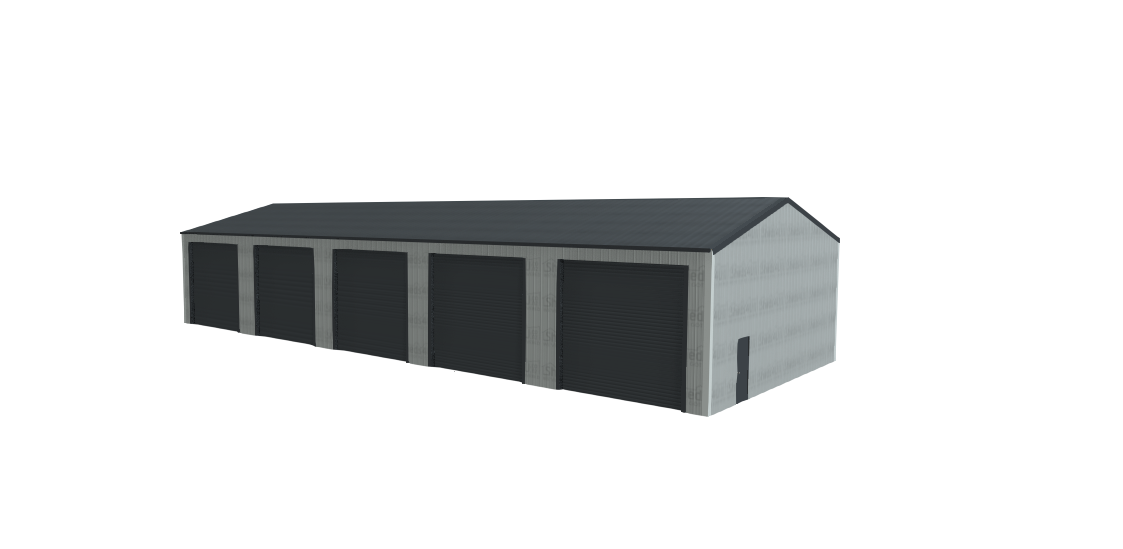
Not deep or wide enough is next cab off the rank. This is one that can trip you up easily because the measurement that you pace out or measure up to perfectly fit your gear often gets misjudged by the shed company as the internal depth or span.
For us, the depth is taken to the outside of the shed, so the actual clearance is less because of the internal framing. By the time you have your kit in, and the doors closed, you might be ruing that you didn’t make it a metre or two deeper.
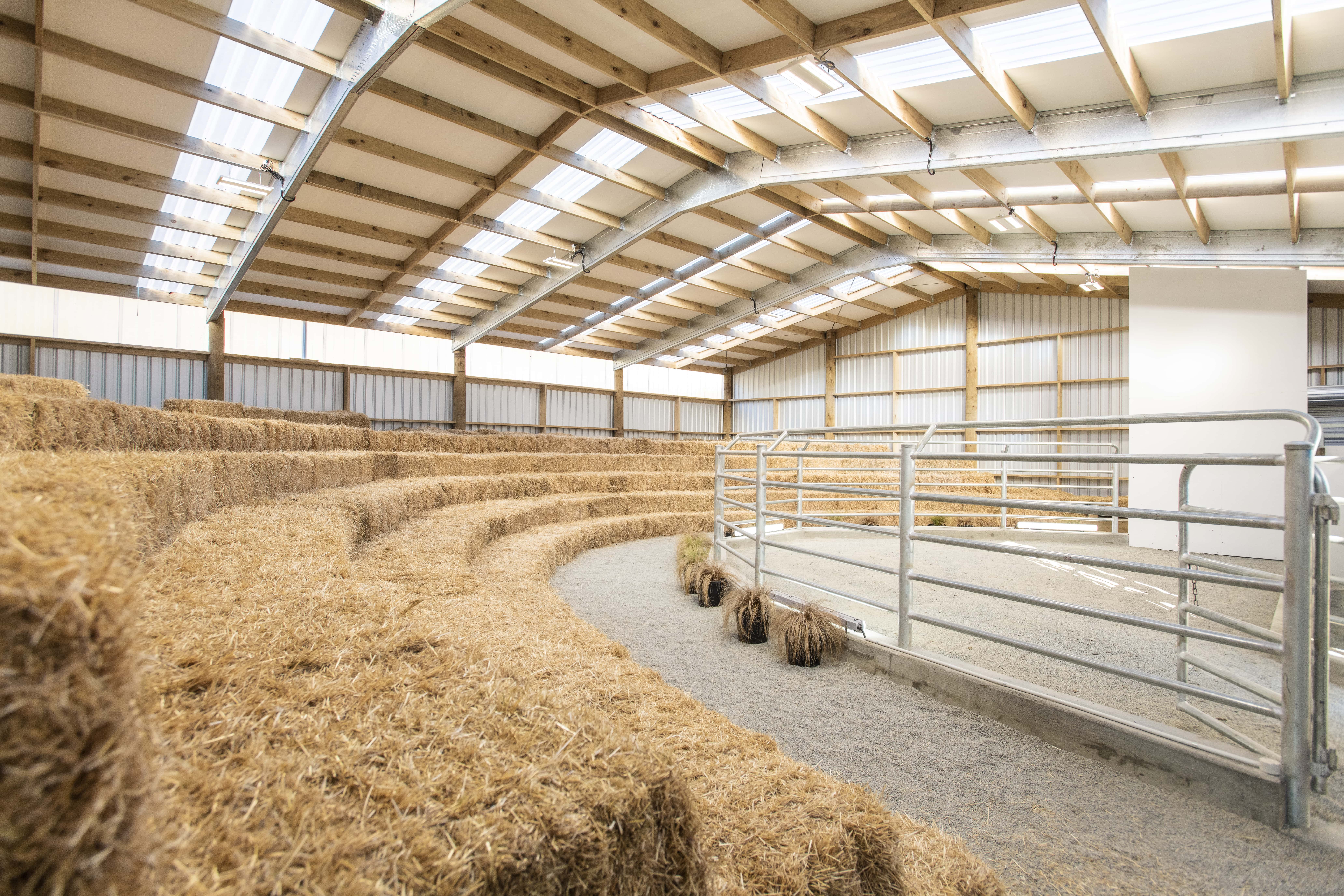
Things delaying your schedule: with any project there can be unplanned for delays, and some things can take longer than you may have thought. From surprise council requests for information applying to your shed’s intended use, to resource consents for whatever reason, it can all drag out the consent process beyond what you could have planned for. Other common hold-ups include:
A Council request for a ground report. This can easily add another 2-3 weeks while they test, put together documents and provide the report.
Weather and wet ground conditions can hold up site works too.
Builders taking longer than expected to get their costs back to you, which makes it harder to finalise your budget; Banks can also sometimes take a lot longer to approve finance than you thought.
Not every project runs into these snags, but planning for them makes them less likely to disrupt things. Contact your local council here.
Skimping on bird- and vermin-proofing. Everyone wants to keep rats, mice and birds out, but it can easily be missed when you’re planning other key parts of your shed.
A fully enclosed shed still lets birds perch inside when the door’s up, and once in they’re sure to come back. If there is nowhere for them to perch in the first place, they move on to look elsewhere.
Even with fully enclosed purlins and boxed-in rafters, the need for knee braces and apex braces on lighter-weight structures can make ace nesting spots. The economies gained from having a design with these braces isn’t worth having to deal with birds and their mess. Make sure you check with your shed supplier whether they use knee and/or apex braces and ask if their beams, purlins and rafters create space for birds to make house in your shed.
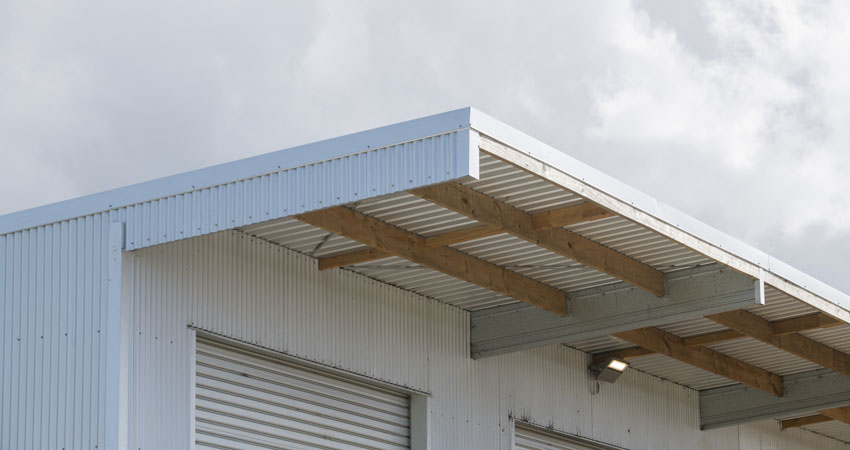
Not using clearspans: clearspan refers to shed designs that require no vertical supports in the main floor area of the shed. Sheds that need this support are also known as centre-pole sheds. While some people don’t mind navigating around a central support pole, it’s a potential hazard and reduces the usable floor area within your shed.
Whileclearspan sheds are a lot more common than they used to be, they’re expensive because they need a rafter system strong enough to eliminate centre supports.When crunching the numbers, it can be tempting to consider the cheaper solution with centre poles. Sure, they may save some money, but many customers wished they’d spent the extra and had the extra space!!
Centre poles take up a lot of space and limit your shed’s uses. We’ve helped some people on a tighter budget work with a combo of clearspan where they need it most, and centre poles where it won’t matter as much. Always chat with us to work out a solution!
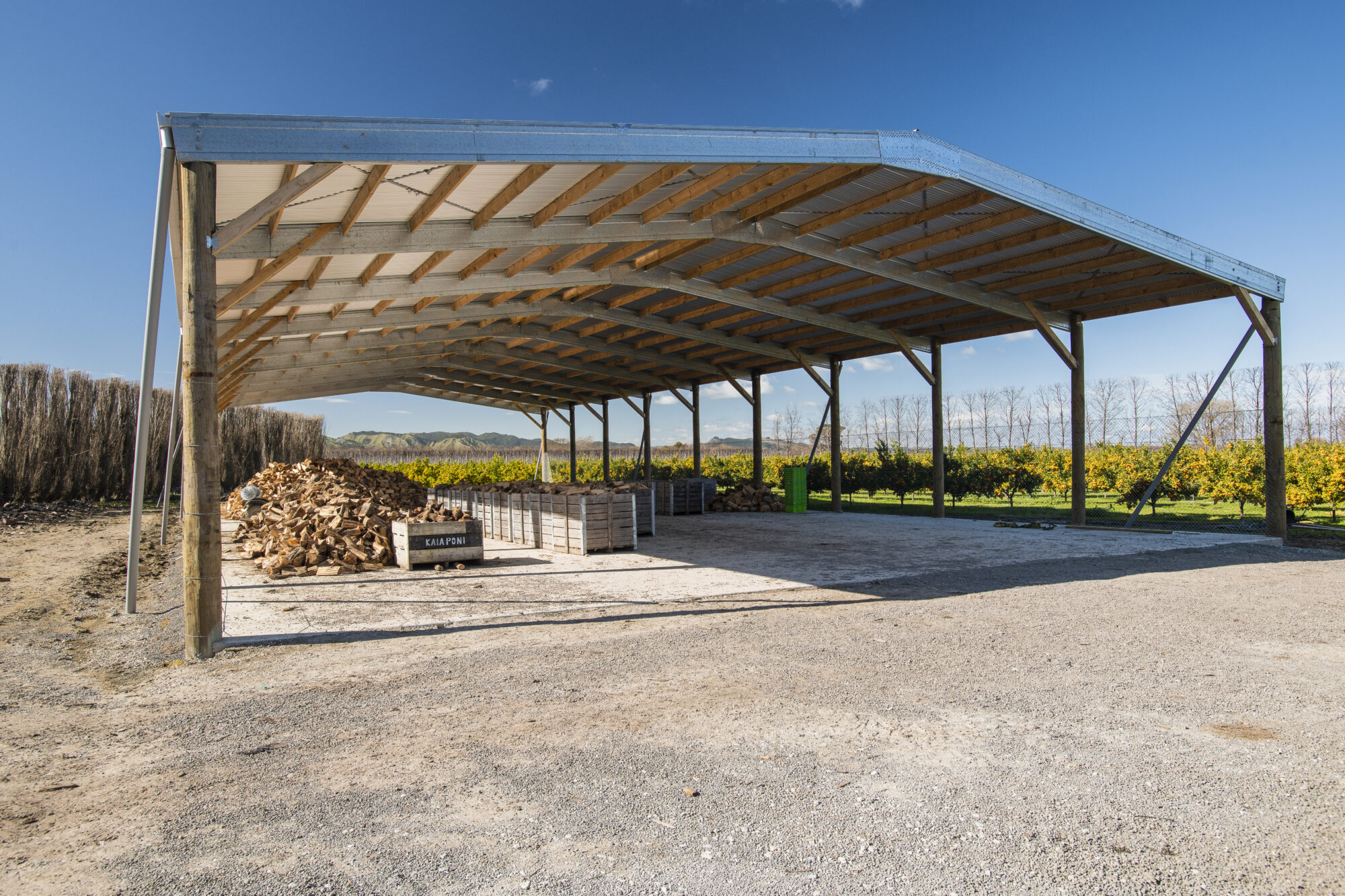
And there you are – a few of the most common pieces of “if only” feedback we get from customers across our lovely little land.
Plan ahead – and get a better shed!
